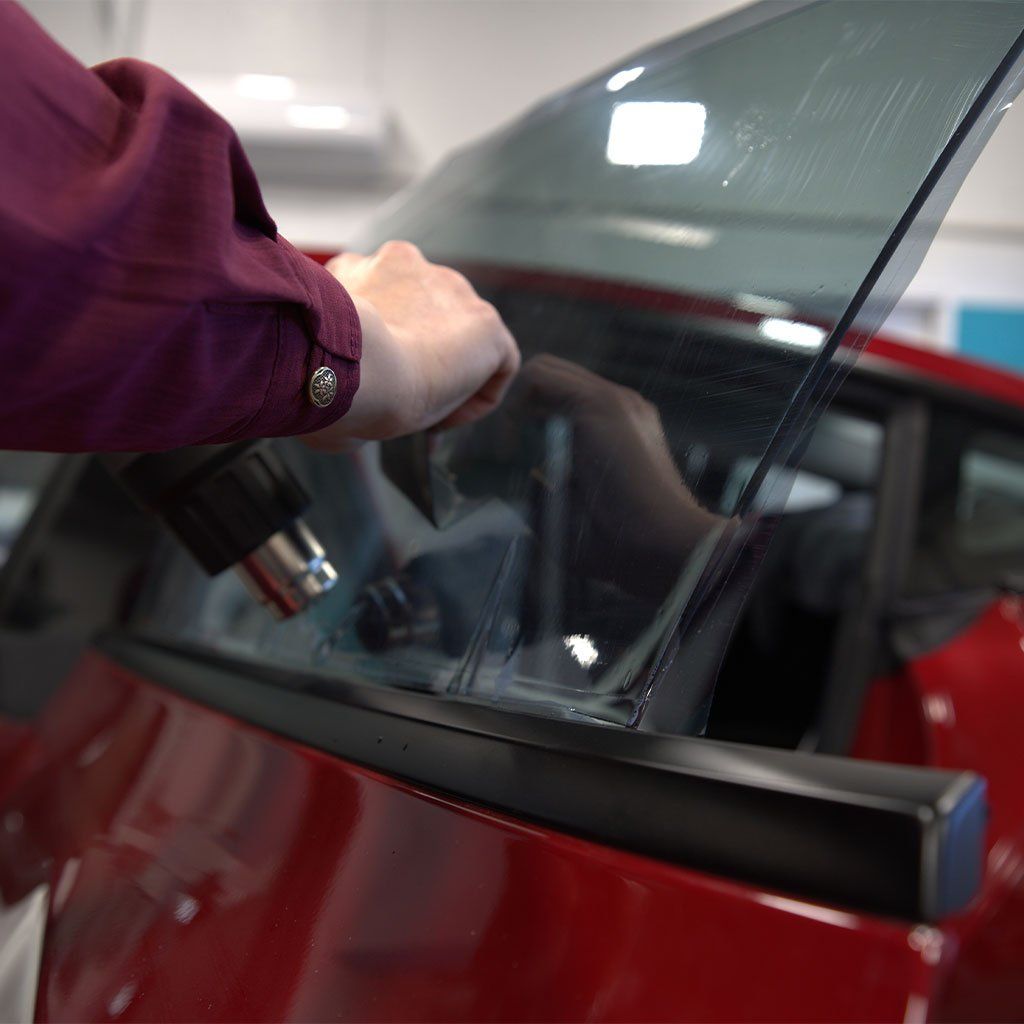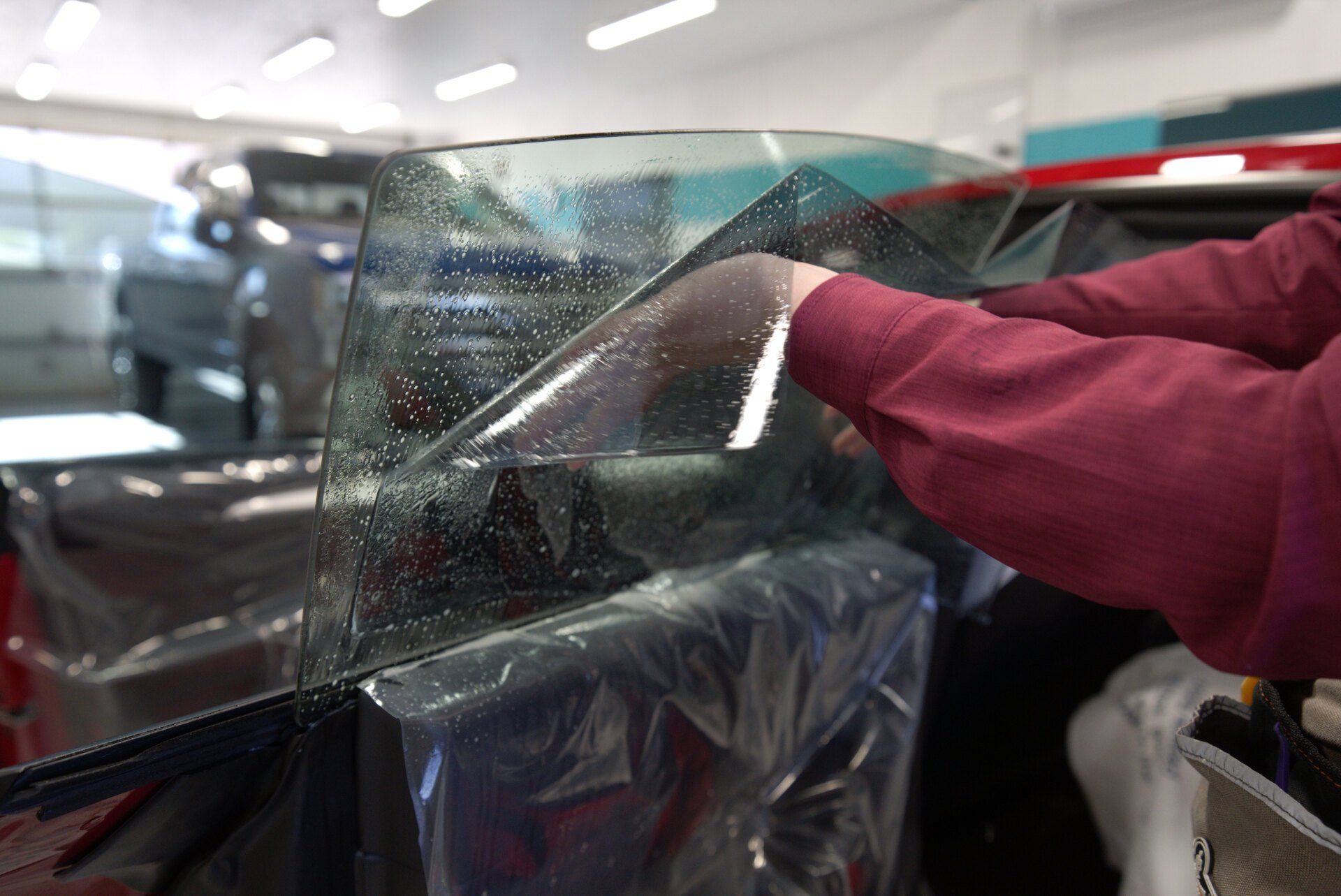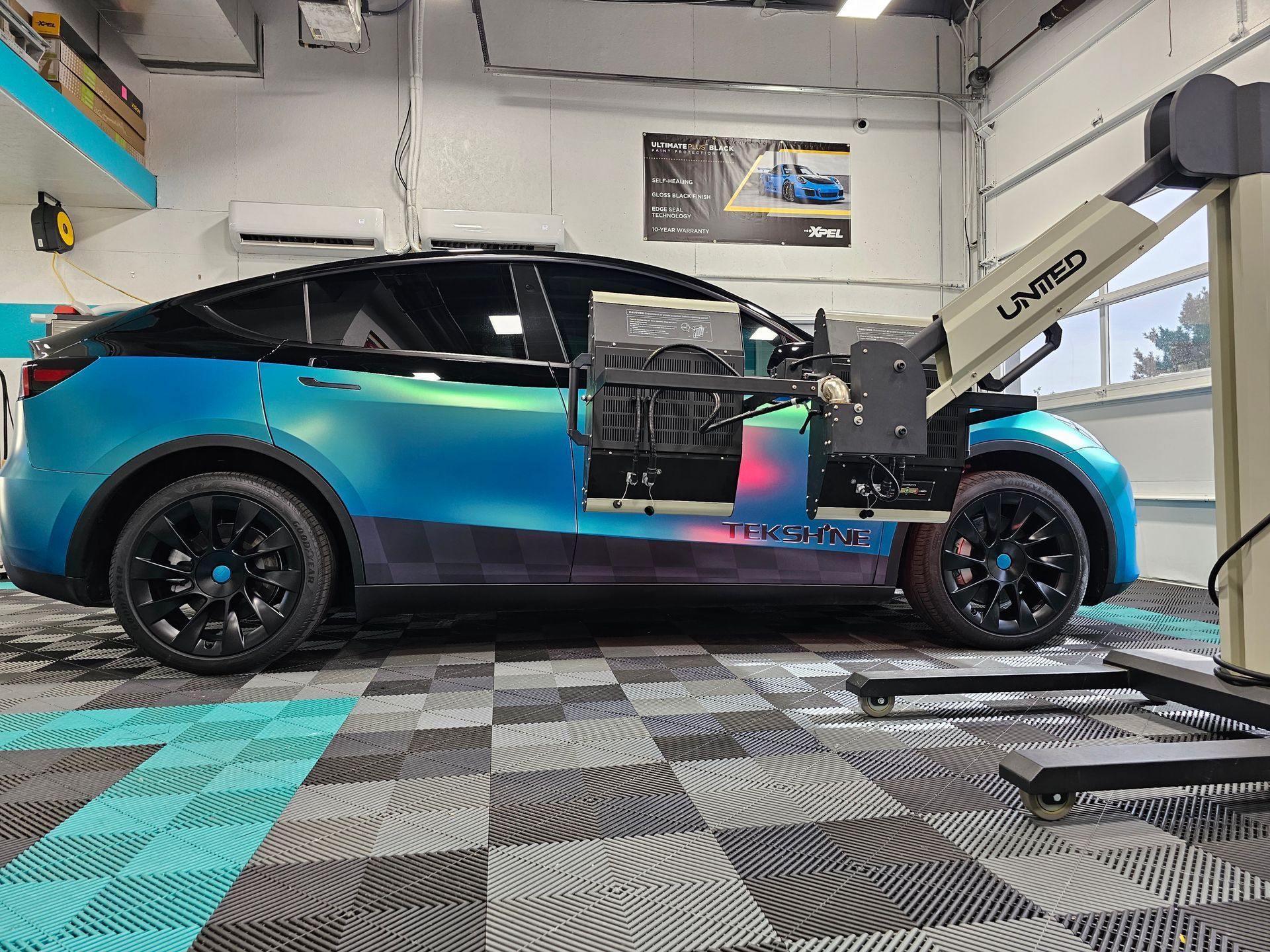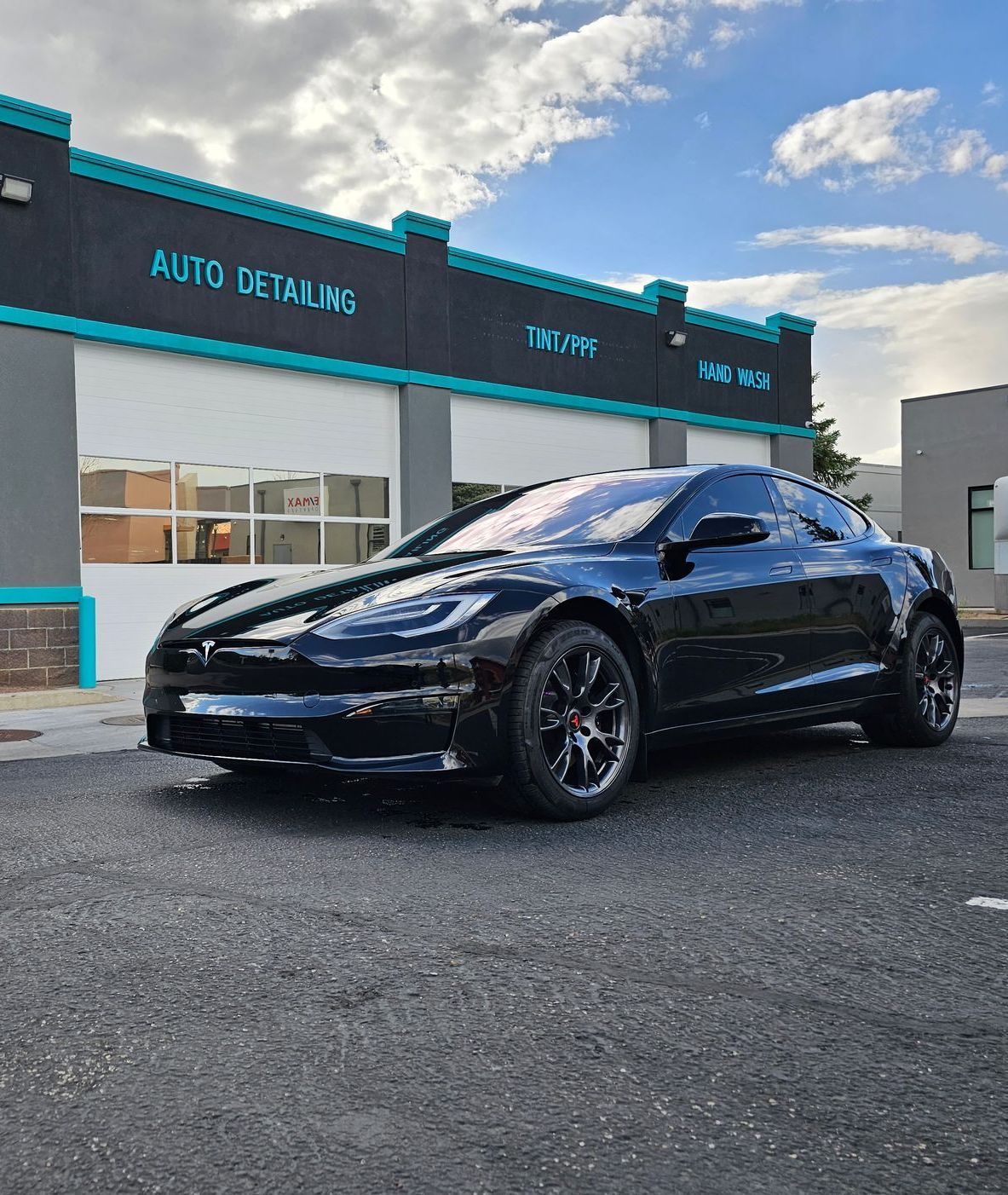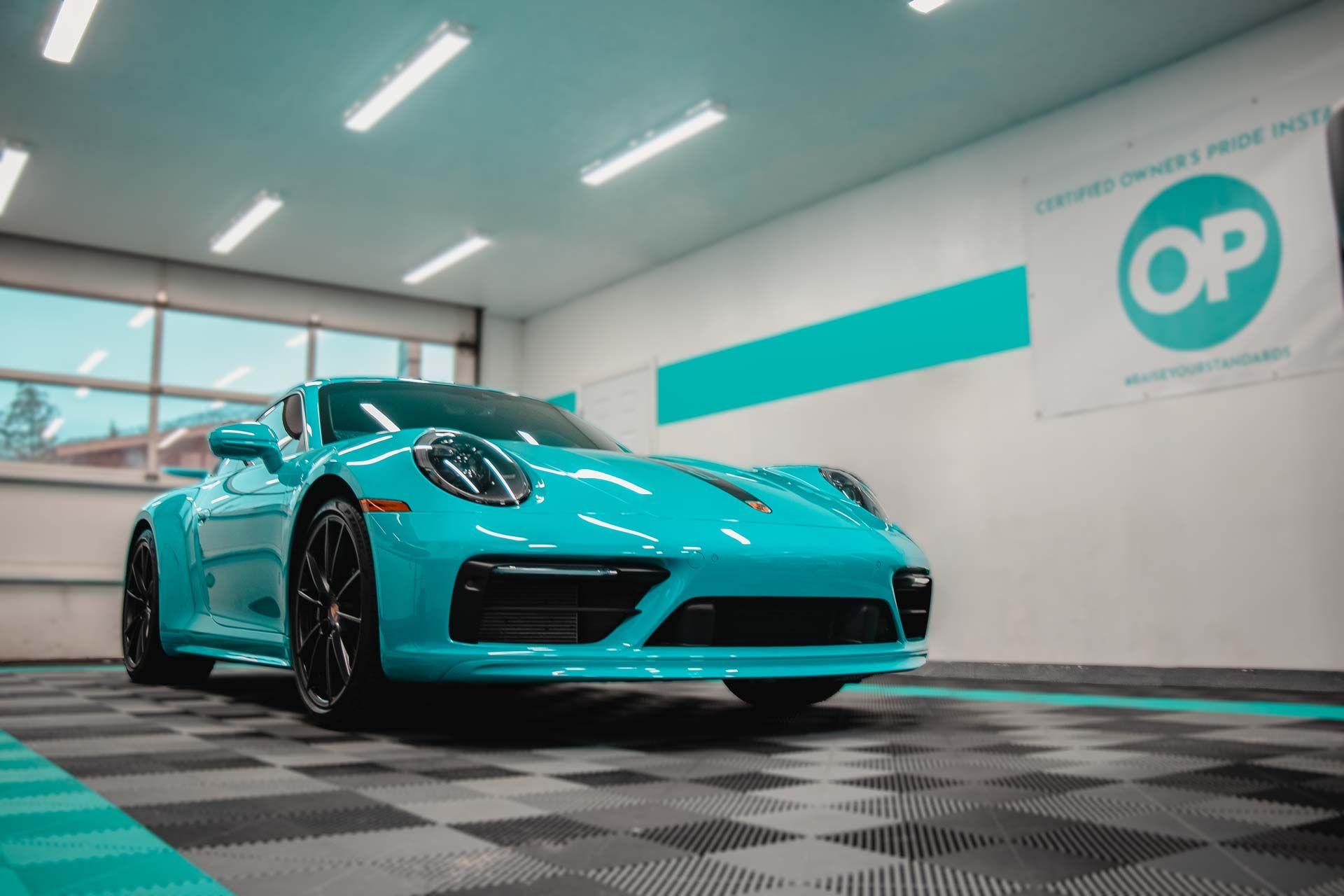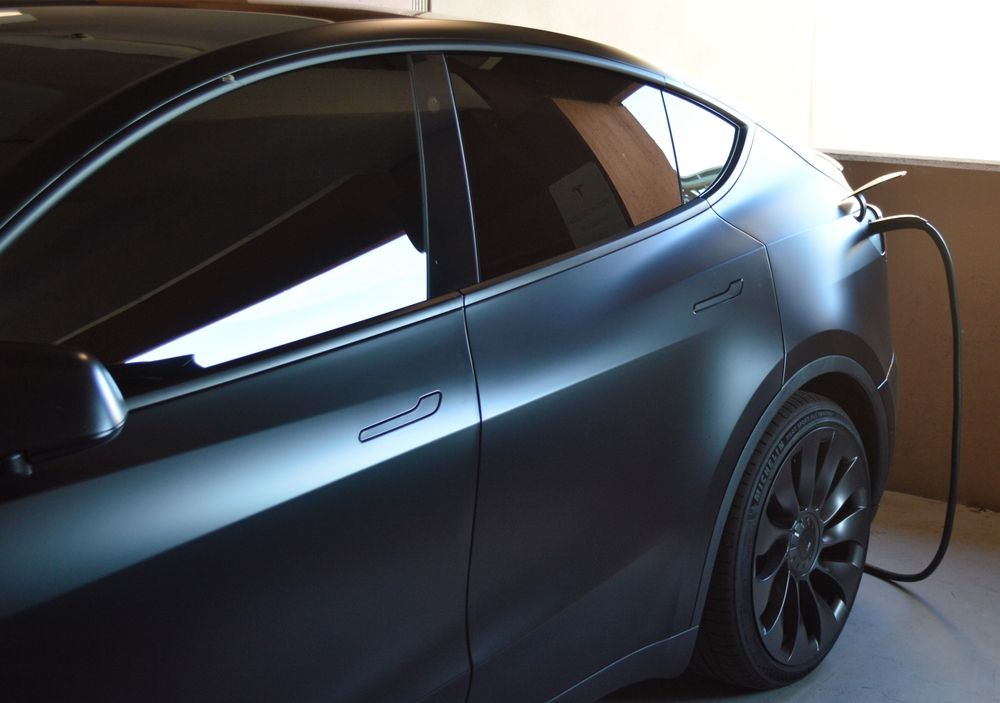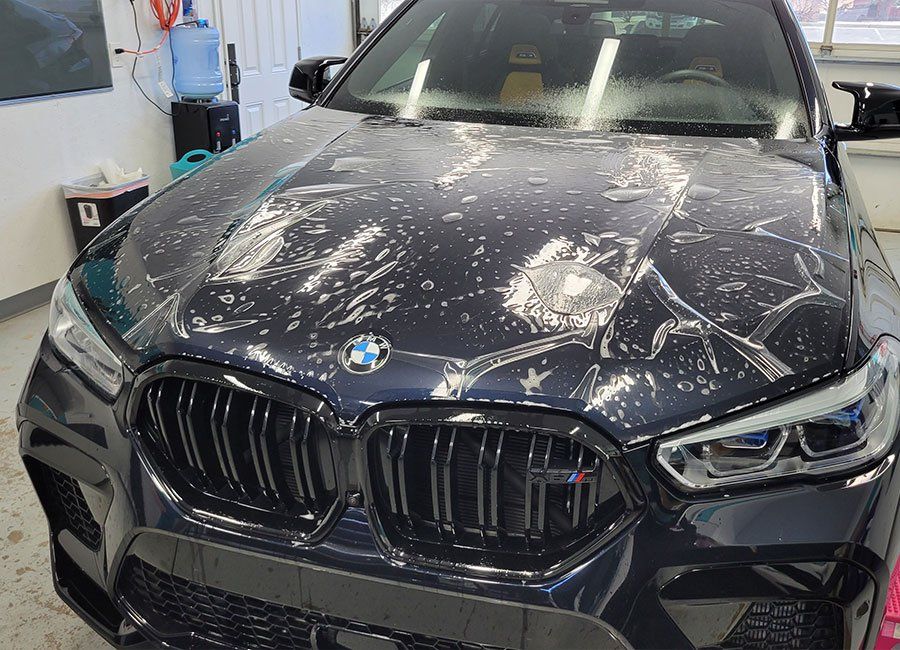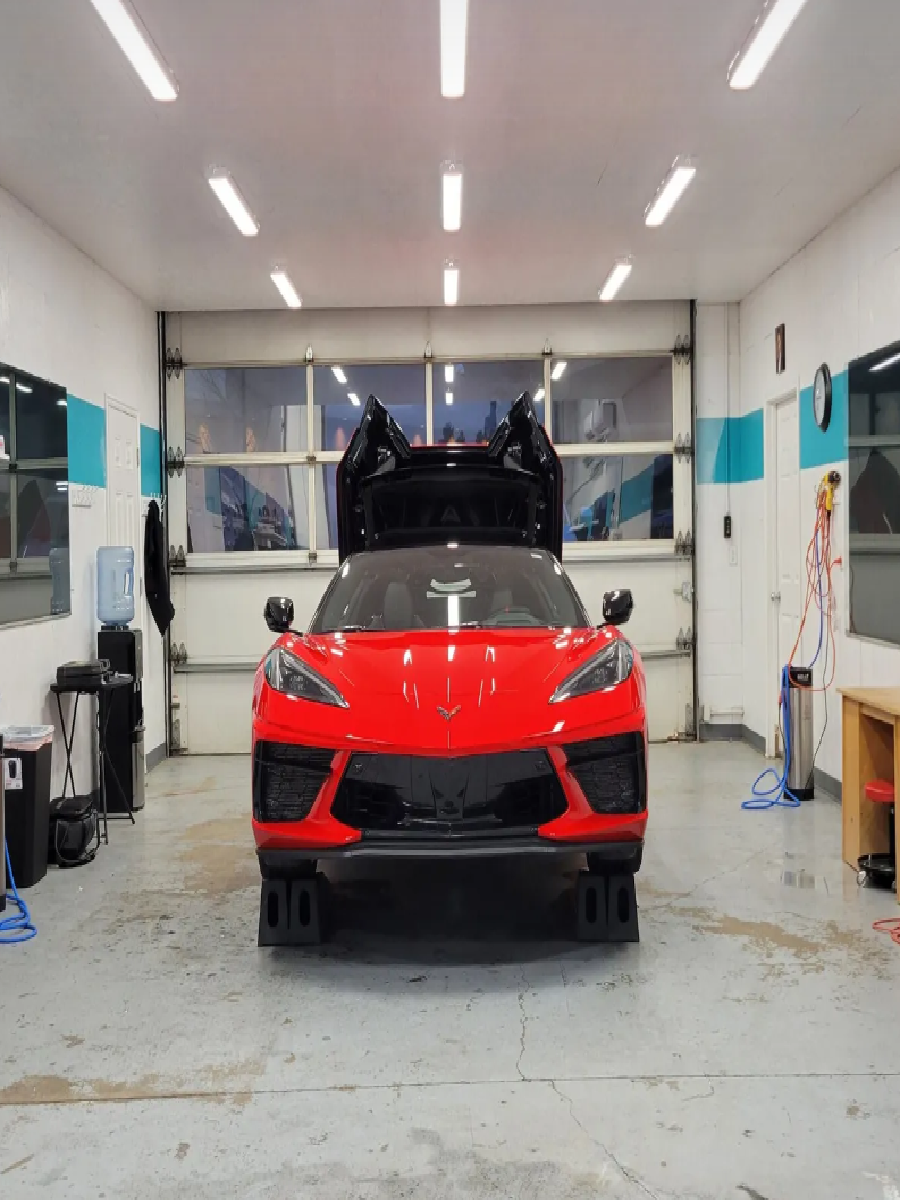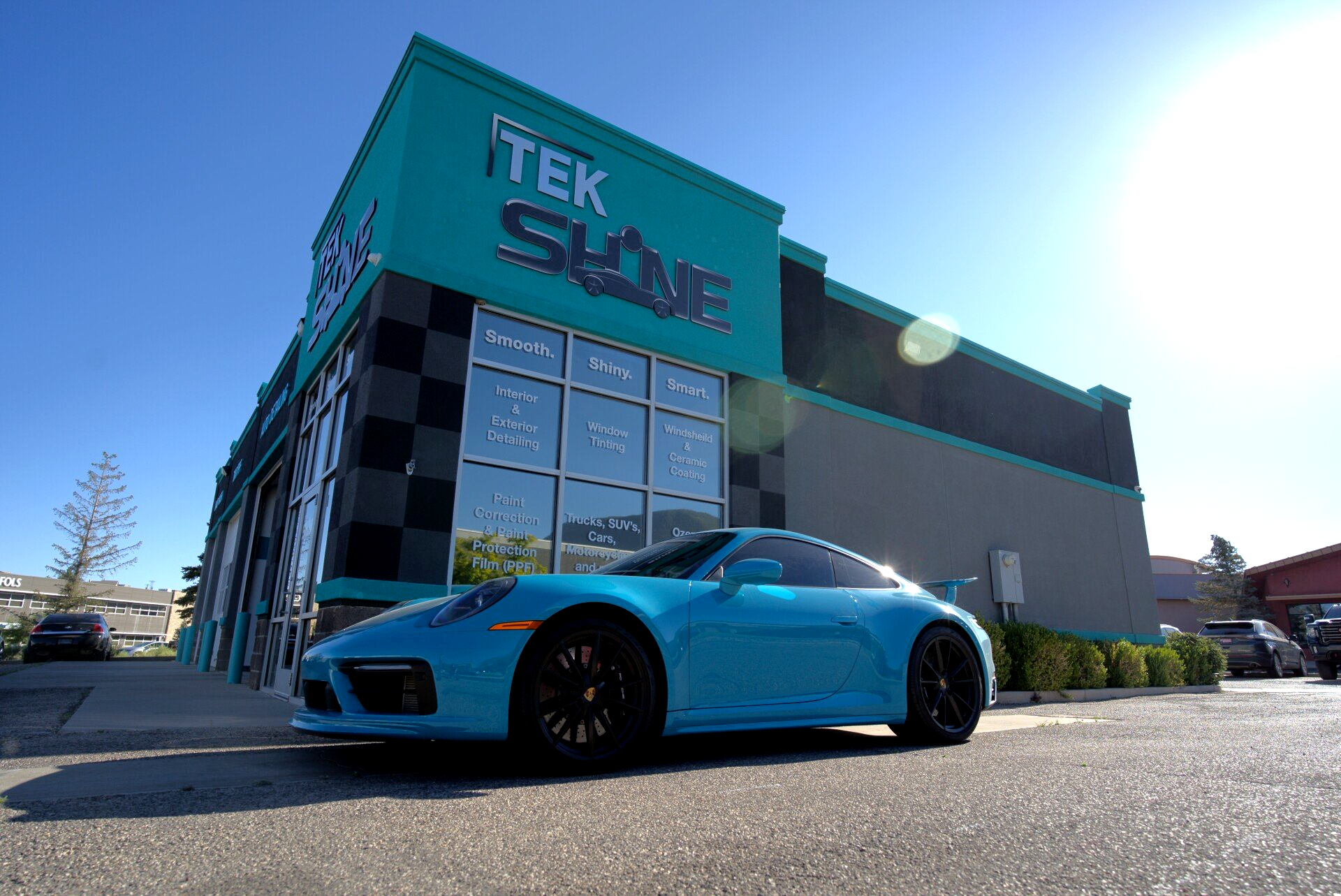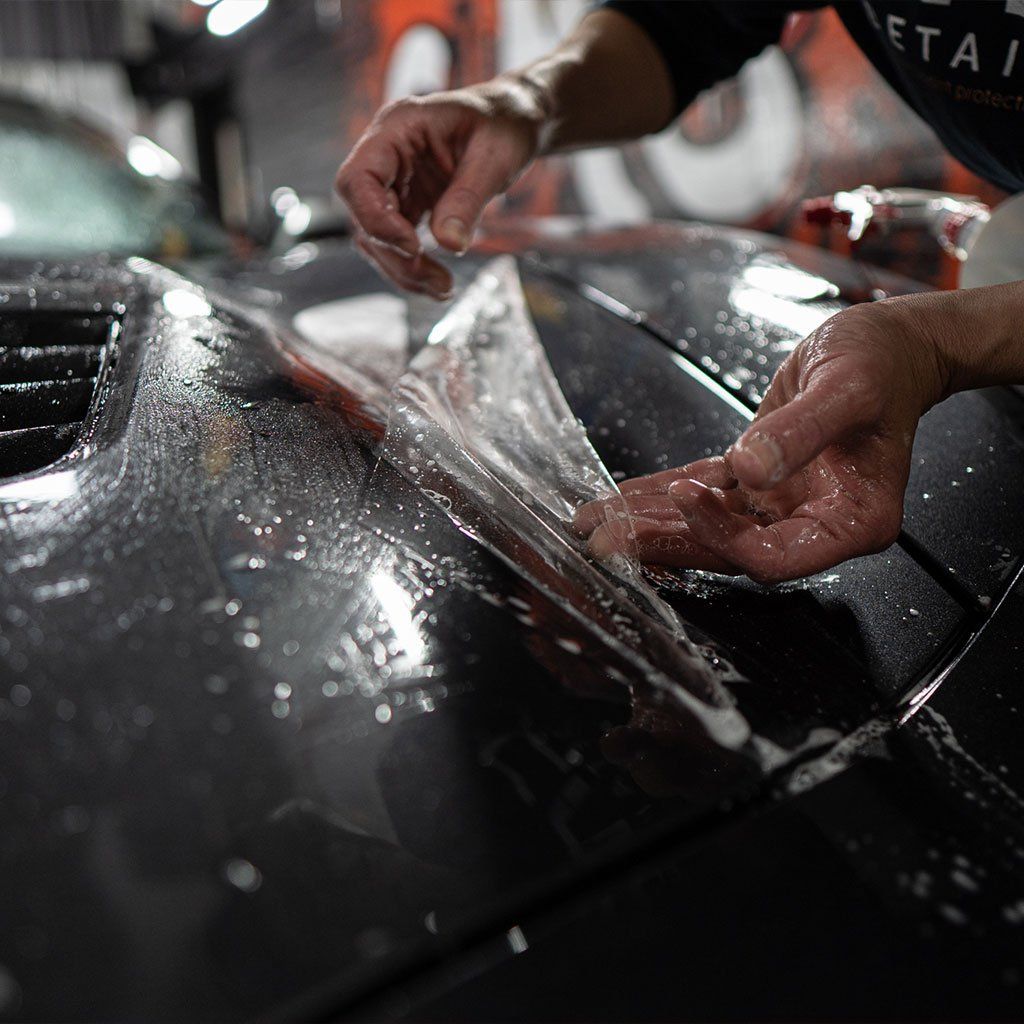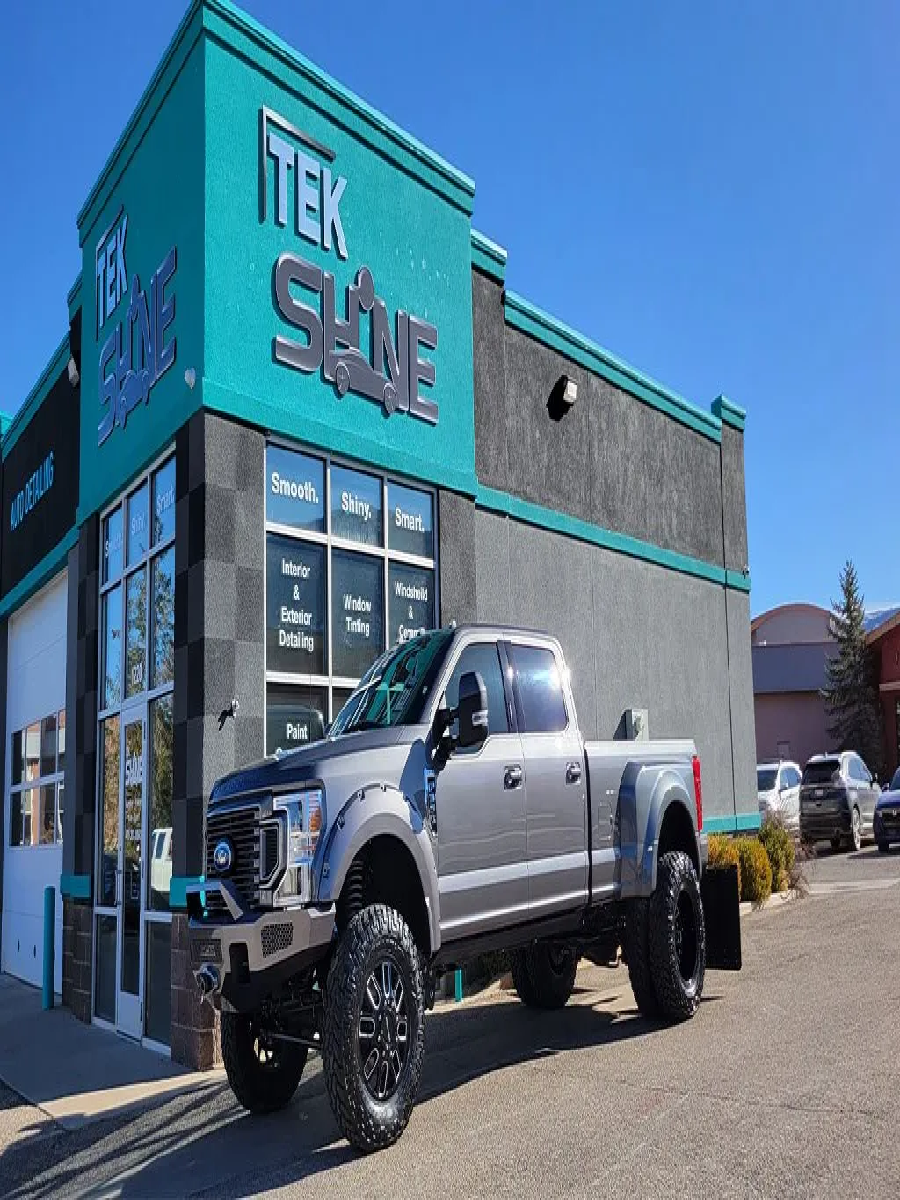Types of Vehicle Window Tint: A Comprehensive Guide to Choosing the Right Option
CALL (435) 383-8663
Vehicle window tints come in many varieties, each with unique benefits. The most common form is a window tint film, which can be made from different materials such as dyed, metalized, carbon, and ceramic. These materials offer numerous benefits, like reducing glare, protecting the interior from UV damage, increasing privacy and improving the car's aesthetic appearance. A factor you might not have considered, though, is that these films are actually placed on the inside of your car's windows. It is important to remember this while installing the tint.
When it comes to vehicle window tint, there are various options, such as dyed, metallic, carbon, and ceramic films. Each type offers different levels of heat rejection, UV protection, and appearance. To choose the right one, consider your climate, local regulations on tint darkness, and your personal preferences for aesthetics and performance. Consulting with a professional installer can also help you determine the best option for your specific vehicle.
Types of Vehicle Window Tints Films
When it comes to choosing the right window tint film for your vehicle, you have four primary options. Each option comes with its own set of advantages and considerations, so let's explore them in detail. Window tint films are the most common choice for vehicle owners looking to reduce heat and UV exposure inside their cars. These films are available in various materials, such as dyed, metalized, carbon, and ceramic.
- Dyed Film: Uses a dye to absorb solar heat and reduce glare. It's an affordable option but may not offer as much heat rejection as other types.
- Metalized Film: Made with small metallic particles, metalized films reflect heat away from the car's interior. They provide good heat rejection but can interfere with electronic signals like GPS and cell phone reception.
- Carbon Film: known for durability, offers both heat and UV protection without interfering with electronic signals. They also give windows a sleek, matte appearance.
- Ceramic Film: Considered a premium option, ceramic films provide exceptional heat rejection and UV protection while maintaining high visibility. Their non-metallic construction ensures no signal interference, making them ideal for modern vehicles with advanced electronic systems.
Each type of film offers varying levels of protection, appearance, and performance, allowing vehicle owners to choose based on their specific needs and preferences. Understanding the differences between these window tint film options provides car owners with the knowledge needed to make an informed decision based on their preferences, budget, and desired level of customization for their vehicle's windows.
Understanding Tint Functions: Heat Management, Light Control, and Privacy
When it comes to choosing the right window tint for your vehicle, it's not just about its visual appeal—it's crucial to understand how different tints serve key functions. Let's explore how window tints offer heat management, light control, and privacy to enhance the driving experience.
- Heat Management: During scorching summer months, a vehicle's interior can swiftly transform into an oven. Window tints play a crucial role here by reducing the transmission of solar heat through the windows and aiding in keeping the interior cooler. Depending on the chosen tint type, it can block varying percentages of solar heat. For example, ceramic window tints possess superior heat-blocking capabilities when compared to other varieties. Just picture yourself getting into your car on a sweltering summer day and feeling relief from the heat, a luxury made possible by high-quality window tints.
- Light Control: Glare from sunlight can be both distracting and potentially hazardous while driving. Window tint films act as a shield against excessive sunlight by controlling the amount of light that enters the vehicle. This supports both driver and passenger comfort by reducing eye strain and creating a more pleasant environment. For individuals with light sensitivity issues, such as migraine sufferers or those with photophobia, even a slight reduction in light intensity can make a significant difference in their daily commute.
- Privacy: Beyond managing heat and light, window tint films also provide an essential sense of privacy. When parked in public spaces, nobody wants prying eyes peeking into their vehicle. By obstructing the view into your car, tints prevent potential thieves from seeing your personal belongings. This added layer of security serves as a deterrent, making it more difficult for unscrupulous individuals to scope out items inside your vehicle.
Imagine yourself enjoying a relaxing drive without having to worry about someone eyeing your belongings through the windows. It creates a sense of calm and security knowing that what's inside your vehicle remains shielded from outside scrutiny. With these vital functions in mind, it's clear that selecting the right window tint goes far beyond aesthetics—it's about enhancing comfort, safety, and peace of mind during every drive.
Key Considerations: Visible Light Transmission and Installation Difficulty
When it comes to choosing the right window tint for your vehicle, two important factors stand out—Visible Light Transmission (VLT) and Installation Difficulty. Let's explore these further so you can make an informed decision when selecting the ideal tint for your car.
Visible Light Transmission (VLT)
Visible Light Transmission (VLT) is a crucial factor to consider as it measures the amount of light allowed to pass through the tint. The percentage indicates how much light can penetrate the film and reach the interior of your vehicle. It's important to take into account your personal preference for light control and privacy while ensuring that you remain within legal limits. Different states have specific regulations concerning VLT percentages, so it's essential to check these regulations before selecting a tint. The VLT percentages range from:
- Dyed Tint: 5% - 50%
- Metalized Tint: 5% - 40%
- Carbon Tint: 5% - 70%
- Ceramic Tint: 5% - 90%
Considering these percentages is crucial for maintaining compliance with state regulations and preventing potential fines or penalties.
Installation Difficulty
Another aspect to consider is the installation difficulty of various tints. Some tints are easier to install than others, and professional installation is recommended for a perfect installation and unique elegance. Expertise ensures that the film is flawlessly applied, reducing the risk of air bubbles or imperfections that can occur during self-installation. For instance, carbon ceramic films with a lifetime warranty and better performance may be more challenging to install but offer superior heat rejection and UV protection compared to standard films. On the other hand, basic dyed tints are relatively easier to apply but may not provide the same level of performance or longevity. Understanding these key considerations will assist you in making a well-informed decision when selecting the ideal window tint for your vehicle. It’s crucial to balance your preferences with legal requirements while considering installation complexities for a seamless and satisfactory outcome.
Benefits and Drawbacks of Tinting Your Vehicle
Tinting your vehicle's windows can offer numerous advantages, impacting both its appearance and functionality. One of the most significant benefits is its ability to block a substantial amount of harmful UV rays, safeguarding the interior materials from fading and protecting occupants from potential sun damage. This enhanced level of UV protection not only helps preserve the aesthetic quality of your vehicle’s interior but also contributes to maintaining a cooler temperature inside, providing comfort during hot weather.
Moreover, window tints serve as a shield against excessive sun glare, making driving more comfortable and safer by reducing eye strain. Another benefit of window tints is privacy, which gives occupants a sense of seclusion and protects personal items from prying eyes. This added layer of privacy can be especially beneficial for families with young children or individuals who often commute with valuable items. Additionally, it's worth mentioning that certain types of tints, such as ceramic or carbon films, offer impressive heat reduction without compromising visibility, further enhancing the driving experience. Let's say you often travel with electronic devices or valuable items in your vehicle. Tinted windows can provide an extra layer of security by keeping these items out of sight, deterring potential theft or break-ins. If you have leather seats or expensive upholstery, tints can help prevent premature aging and drying caused by prolonged sun exposure.
While there are numerous benefits associated with window tinting, it's essential to understand the potential drawbacks as well. Legal restrictions regarding tint and darkness levels vary by state and region. Darker tints can lead to fines or citations, which is why it’s crucial to consider local regulations before choosing a specific tint shade. In addition to legal implications, excessively dark tints can hinder night visibility, posing safety concerns during low-light conditions such as driving at night or in poorly illuminated areas. For instance, if you regularly drive at night or reside in an area with limited street lighting, choosing a lighter tint may be more practical to ensure clear visibility and adherence to legal regulations. It's important to balance them with the potential drawbacks to make an informed decision when choosing the right window tint for your vehicle.
Professional vs. DIY Tinting: What's Best for You?
So, you've made the decision to get your car windows tinted, and now you're weighing the options: should you invest in professional installation or attempt a DIY approach? Let's dissect the positives and negatives of each.
Professional Tinting
Professional window tinting services provide a high-quality finish and peace of mind due to their expertise. These professionals have the necessary skills and knowledge to ensure a precise, even application without air bubbles or creases. They are also well-versed in local tinting laws, helping you avoid any legal troubles down the line. What's more, professionals can guide you in selecting the right type of tint based on your specific requirements, ensuring a tailor-made solution for your vehicle. However, professional installation comes with its drawbacks. The upfront cost can be higher compared to a DIY option, and scheduling an appointment may not always align with your availability. Despite offering a warranty and guarantees on quality, it does require significant investment.
DIY Tinting
On the other hand, DIY tinting kits offer cost savings and the flexibility to choose when and where to apply the tint. With a wealth of information and tutorials available online, ambitious vehicle owners may feel inclined to take on the task themselves. There are potential pitfalls to consider, though. Precision is paramount, and applying window tint evenly without air bubbles or creases demands careful attention to detail. A small mistake during installation can lead to unsightly imperfections that could compromise visibility while driving. Failure to comply with state laws regarding permissible levels of window tint darkness can result in fines or the need to remove and reapply the film—all at an additional cost. Ultimately, while DIY may save money in the short term, it requires significant effort and diligence to achieve a satisfactory result.
It's important to weigh the benefits and drawbacks of both options before taking the plunge into tinting your vehicle's windows. Making an informed decision will ensure that you receive the best possible outcome for your needs and budget. When it comes to deciding between professional and DIY window tinting, thorough consideration of your priorities and capabilities is crucial for a successful outcome. May your choice lead to enhanced comfort, style, and protection for your vehicle's occupants.
Premium Window Tinting Experts in Cedar City, UT
Is your car ready to have its look and performance upgraded? If you are looking for
high-quality window tinting in the Cedar City, UT area, TekShine is the place to go. Stylish and functional window tinting solutions that block harmful UV rays and provide seclusion are what our professional team is known for. You can rely on us to provide outcomes that go above and beyond your expectations because of our dedication to quality and careful attention to detail. If you want to improve your driving experience, try TekShine today and see the difference. Get in touch with us today to arrange for our unmatched window tinting skills to completely alter your vehicle. Call us at
(435) 383-8663 to get started!

